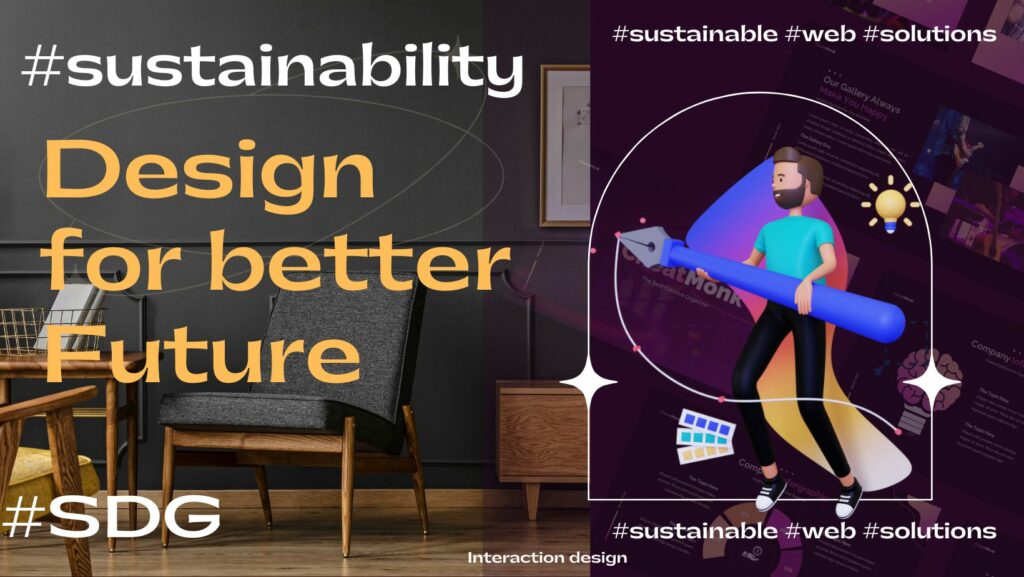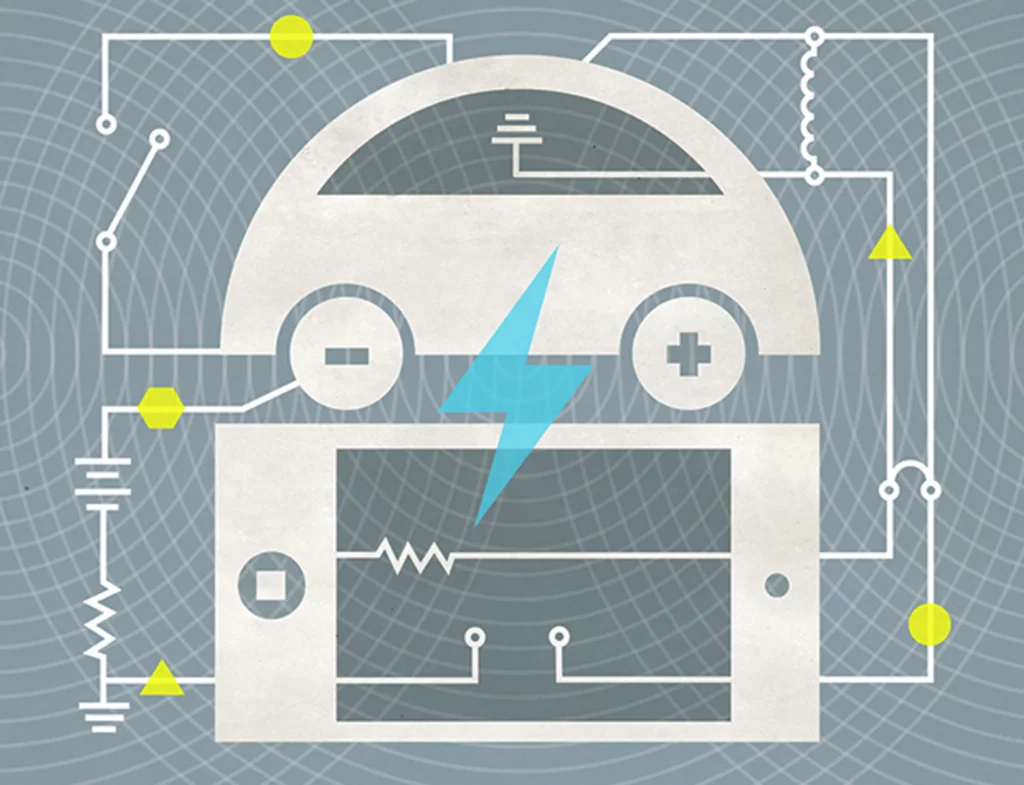
This publication aims solely to find an answer to the question of how can interaction design contribute to #sustainability, in an attempt to show on one hand some of the hidden faces of new technologies and on the other hand our share of responsibility as actors and users of digital tools and services in the drought and disasters we are currently experiencing, but also to promote some design approach that can ensure sustainability in the use of new technologies. We believe that design plays an important role in the development of products and services we use every day. “Design is a complex endeavor, covering many disciplines. Engineers create bridges and dams, as well as electronic circuits and new materials.” wrote Donald Norman in his book The Design of Everyday Things.
So, what is Interaction Design and how could it help in designing sustainable solutions? Interaction Design“is the design of interactive products and services” in which the focus of the designer extends beyond the item under development to include how users will interact with it. Thus, a close examination of users’ needs, limitations, and contexts, among other things, enables designers to tailor the output to meet specific demands. It is also useful when creating physical products, as it explores how a user might interact with them.
For instance, everyone who uses the internet and new technologies should be aware that they are two-edged swords. Climate change is more than just a scourge caused by deforestation, the use of chemical fertilizers, and the use of fossil fuels. Let me assure you that the #digital industry is not an immaterial industry. New technologies have a direct negative impact on the #environment, even if we don’t see it. According to studies, #digitalization emits far more CO2 and consumes far more fossil energy than we realize. A smartphone, for example, consumes 80 times more energy than a car (see illustration below). Recently, youths in Switzerland have expressed concern about data centers’ use of electricity, particularly during the energy crisis, and have begun to inquire about the measures the government will propose to reduce the digital footprint of the data consumed.

The objective of interaction design is to develop products that help users achieve their goals as effectively as feasible. It is a set of “techniques and tools” that enable designers to address actual issues, which has a variety of advantages. If we want to effectively gain benefit from various advantages that Interaction design principles offer, we have to encourage decision-making at each stage of the design process that will lessen adverse effects on the environment and the health of the inhabitants without sacrificing the bottom line should be made possible by combining a sustainability concept with a “design philosophy”. It is a comprehensive, integrated strategy that promotes “negotiation and trade-offs”.
Humans can now communicate more easily as a result of technological advancements. But what are we willing to give up for those advantages? The sustainable design aims to reduce negative environmental and health impacts. Technology has streamlined our lives and improved our comprehension of the world. The key focus is that we are building not just for ourselves or for our immediate needs, but also for the future. This suggests once more that interaction design’s main goal ought to be sustainability. However, the term “sustainability” nowadays is quite ambiguous. To align with our topic, we will emphasize that designing for sustainability also entails designers, specifically interaction designers, taking an approach in product development processes that will provide better user experiences while not compromising on social, environmental, and ecological issues. Furthermore, Eli Blevis, professor of Informatics in Human-centered Computer Interaction Design at the Luddy School of informatics, computing, and engineering at Indiana University, Bloomington wrote a paper entitled Sustainable Interaction Design: Invention & Disposal, Renewal & Reuse where he went further in describing the concepts of sustainable Interaction design. Blevis provided us with a clear image of what sustainability should entail by emphasizing the interplay between people and nature from a more behavioral perspective. According to him, “The focus is primarily on environmental sustainability and the link between interactive technologies and the use of resources, both from the point of view of how interactive technologies can be used to promote more sustainable behaviors and—with more emphasis here—from the point of view of how sustainability can be applied as a critical lens to the design of interactive systems, themselves”.
Interaction design may contribute to sustainability by providing interfaces that make it simple for users to conserve energy. Designing systems that provide feedback on energy usage, creating incentives for energy-saving behaviors, and making it simple for users to modify settings that affect energy consumption are all examples of this.
Another critical part of interaction design for a sustainable future is the development of longer-lasting products and services. This can include creating systems that are easily upgraded and repaired, as well as mechanisms for recycling and reuse. This not only reduces waste but also helps to conserve resources.
In addition to encouraging ecological sustainability, interaction design can also help to promote social sustainability. This includes creating technologies that are accessible and inclusive to everyone, regardless of ability, age, or background. As well as considering the impact on underprivileged communities and striving to develop technologies that aid and empower them.
Overall, interaction design has a significant impact on the development of technology and society. Interaction designers can contribute to a more sustainable future for all by addressing the ecological and social consequences of their designs.
References
- What are the Benefits of Interaction Design? – Graphic Mint
- Sustainable Design | GSA
- Sustainable interaction design | Proceedings of the SIGCHI Conference on Human Factors in Computing Systems (acm.org)
- Using UX Design to Build a Sustainable Future – | UX Magazine
- 5 Approaches for Sustainable UX. People eat, move, stay warm and consume… | by Jean-Fredric Birgersson | UX Planet